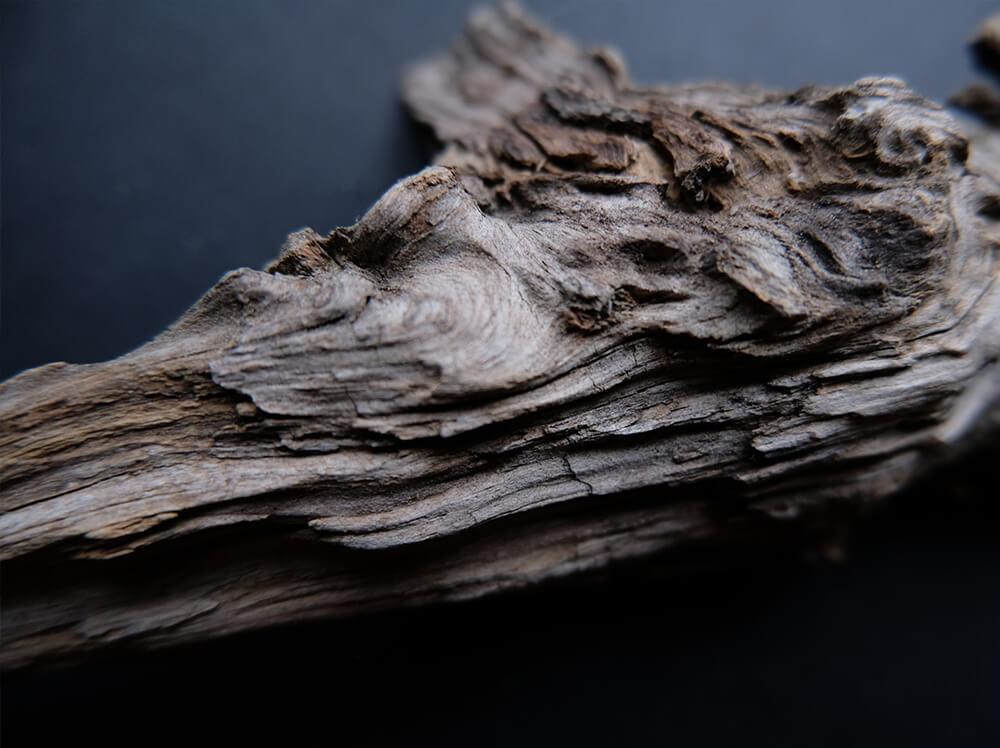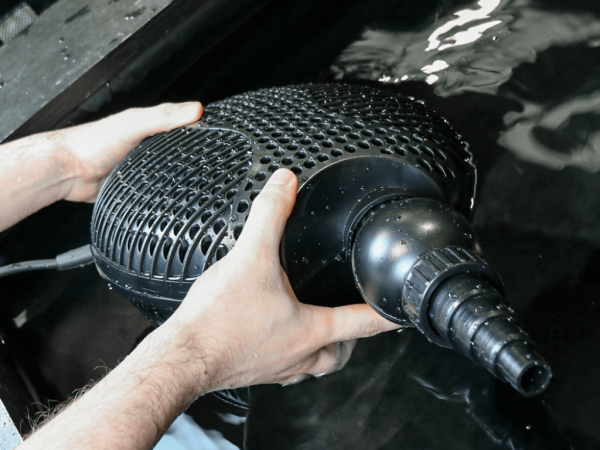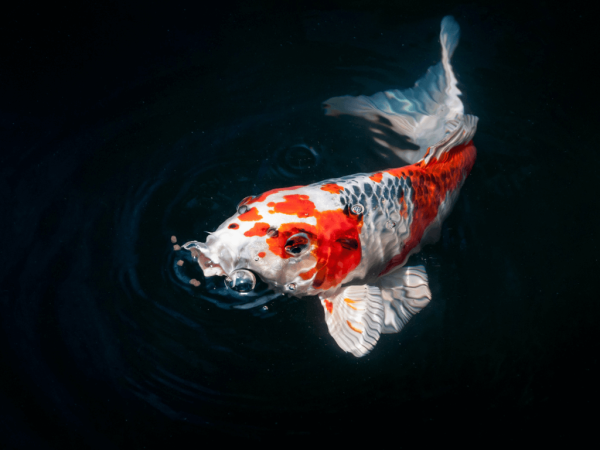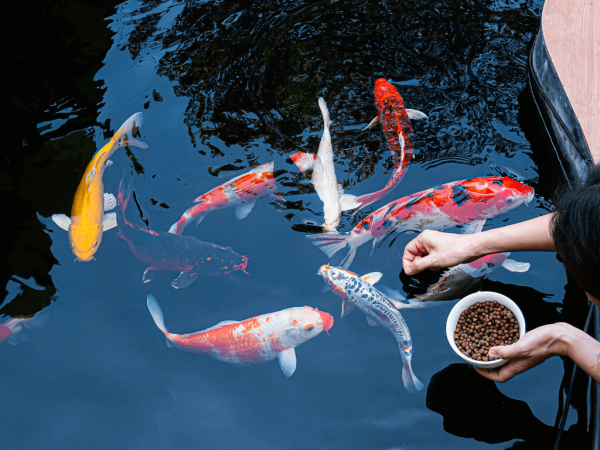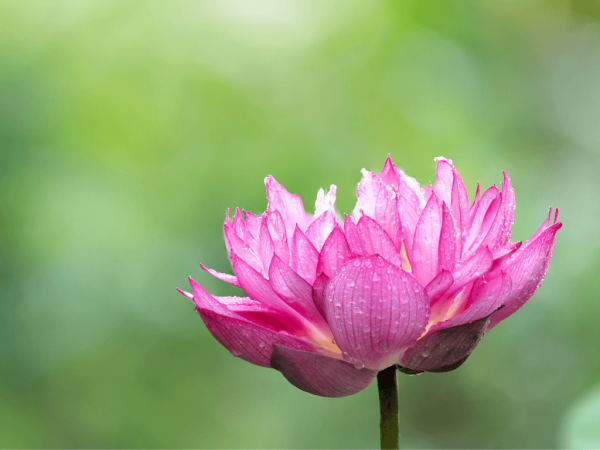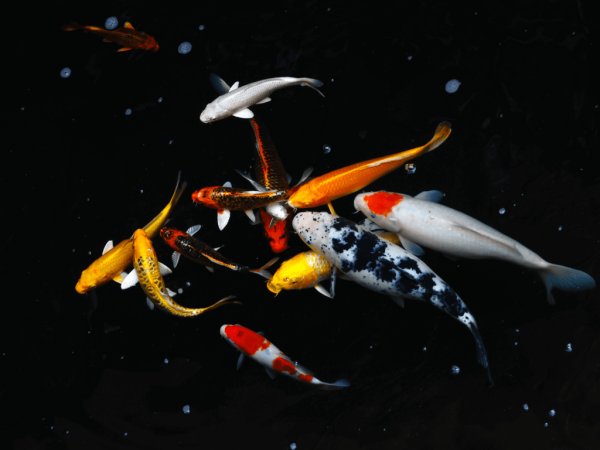How to use bogwood in an aquarium
Wood can be found naturally in freshwaters all over the world, and many fish have adapted to live near to it, breed on it and even feed on it. Place some wood in your aquarium and it can instantly give that natural look, and combine lots of wood with a bed of fine sand and your tank will resemble a stream in the Amazon.
Bogwood is just wood from fallen branches and tree trunks. It would float initially, but over time it takes on water, becomes water-logged and sinks. Once underwater it’s used by many catfish species to hide under during the day, many of them mimicking the wood pattern and shapes as part of their camouflage.
Bogwood can be made up of wood species from all over the world, but select bogwood from aquatic stores to make sure its safe to be submerged with fish. Place it in the tank and it should sink, but some may float for several days before sinking. If you need it to sink immediately use cable ties to fasten large rocks underneath it. Place it back in the water and it should sink. If it still floats, you need heavier rocks.
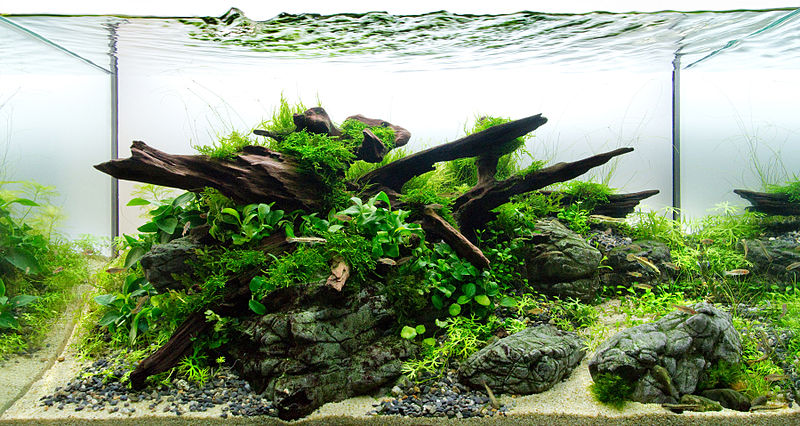
Time for tea
The first thing that many new bogwood owners notice is that it turns the water yellow, and then brown, like the colour of tea. This is tannin released from the wood and is perfectly natural and safe for fish. Many species like Cardinal tetras actually originate from tannin-stained Blackwaters in South America and it will improve their environment and their colour.
Tannins can acidify and soften water however, lowering pH, so only use bogwood in tanks with fish that like a neutral or acidic pH. If you have hard water fish like Rift Lake cichlids, leave the wood out and use lime-rich rocks instead, which raise the pH.
Over time the tannin release will become less and less, but if you want wood without the discolouration either presoak in a water butt for several weeks prior to adding it to the tank, or add activated carbon to the aquarium filter, which will remove it.
The variety of woods available to aquarists is now larger than ever, ranging from dark, chunky pieces to light, spindly, branching pieces. The light coloured branches haven’t been immersed in water, so are likely to float first before sinking after a few days.
Aquascapers prefer attractive looking pieces to enhance their underwater artwork, and bracing bars permitted, large pieces can be added for dramatic effect. Stick wood out of the water in open-topped tanks or hang it upside down in biotopes to simulate overhanging wood from the forest canopy above.




